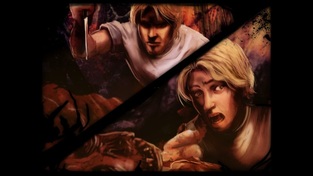 Murder, murder, murder. Murder, murder, murder. Gabriel Knight has a serious case of writers block. When he starts looking into some local voodoo-related murders, he discovers a plot that runs much deeper than he ever expected. He has to figure out what exactly is going on and how to fix it before he, and the people he love, end up victims as well.
1. Gameplay
I’ve had an interesting history with point-and-click style adventure games. One of my first was Day of the Tentacle. Unfortunately, I was far too young for that game when I first started it, so most of the puzzles went way over my head. I was a bit better at Castle of Dr. Brain and other, similar adventures but it wasn’t until recently that I tried out titles like Back to the Future and Sam & Max. While I don’t enjoy them as much as I enjoy decision-based games like The Walking Dead, these types of games can be funny after I figure out what I’m supposed to do. Gabriel Knight: Sins of the Fathers is a classic point-and-click adventure remastered from the 90s. The original developers went through and cleaned up everything and the game truly shows their love and devotion. Everything is voice acted, which is something even modern games can’t always say. Most of the puzzles are made a bit simpler for those of us who don’t have the patience for these types of games (and by that I mean me), and the game includes a very generous hint system that works perfectly 95% of the time. Still, there was one thing that I disliked and one thing I loved. I loved this game’s story. While I was initially completely turned off by Gabriel Knight and his ridiculous voice actor, eventually I grew to realize that, while his voice actor was indeed terrible, the character’s personality was purposefully designed and had a bit of charm (in an indie-game sort of way). After the first two hours I was seriously invested in the characters and wanted to see how everything played out. Despite my frustrations, I wanted to finish the story (and I eventually did). Unfortuately, I was left frustrated a few times. There were some puzzles that ultimately made sense in the context of the entire story, but while I was trying to complete them made zero sense. The game’s hint system was great when it worked (which was the majority of the time), but when it didn’t work it was painfully obvious. Zombies keep trapping you and ripping your heart out? “Walk past them.” There were two parts in particular that were absolutely infuriating, but fortunately the old guides from the 90s version of the game were a bit of help. I was able to play this game because I backed a separate game on kickstarter and, overall, I’m glad I played it. This isn’t the kind of title I’d pay $30 for, but it was a fun experience especially if you like this style of game. If you have patience and can figure out puzzles, you’ll find it a worthwhile experience. If you’re naturally impatient (like me) or hate puzzles, you may want to reconsider.
Technically the game lasted me around 12 hours but it felt like more. The first playthrough of the game (really the only one that matters) will take a considerable amount of time and I frequently had to use the hint system to help me figure out exactly where to go. Even with these hints, finding everything took time. The exact amount of time the player will spend will depend entirely on how much background information the player wants to get from each character. There’s a ton of factual history available, so if a player spends time asking lots of questions there’s a good amount of detail a player can uncover. Overall though, with few choices in the story and the overall simplicity of the game I don’t think I’ll be making a second playthrough anytime soon.
Some of the puzzles in this game could be basically impossible to solve without outside help. Even with the game’s generous hint system I still had to look online in two specific instances to see what was going on. In a section where I had to avoid some zombies, the help was simply “dodge them” which was quite possibly the least helpful thing the hints could have said (maybe “keep going” would have been less helpful, not sure). There’s also a clock puzzle the player has to solve. On the surface it’s relatively simple. You have to correctly figure out the position of the animal symbols, then figure out the correct time, then use the key. The problem is that the solution is deeply hidden in items players (like me) found way back at the beginning of the game (the clock is found around halfway through). And even then the solution is not obvious at all. In both this case and in the previous case I had to find help from 10 year old online tutorials. I loved this game’s story and didn’t mind most of the puzzles, but when I got stuck I quickly got bored. Maybe I’m just not cut out for these types of puzzle adventure games. 2. Parental Notices
Violence in this game is nonexistent until very close to the end. Aside from the murder crime scene at the beginning of the game, there is no violence until Gabriel gets attacked by a killer python. While the player can definitely die from this python, it’s not difficult to avoid death in this instance. Still, the player will see other victims of what is almost certainly the python's wrath. However, the last chapter of the game sees a substantial increase in violence, blood, and gore. The player will eventually get to an African mausoleum and will (unsurprisingly) wake up a few zombies. If any of these zombies catch Gabriel, they will drive their hand straight into his chest and pull out his heart (with copious amounts of blood pouring out in the process). And the thing is, you have to sneak past these zombies in order to progress. If you fail the sneaking, they’ll kill you. I was killed at least six times before I figured out what I was supposed to do. Gabriel can get stabbed, strangled, and maimed in a variety of fairly horrible ways for screwing things up at the end of the game. But, considering how much time it takes to get to this point, it’s overall a fairly small part.
Gabriel Knight is a complete womanizer. Pretty much any woman that he comes across is a woman he sees as attractive and wants to take to bed. There was only one notable exception that I remember. In that case, Gabriel seemed to think he might catch a disease from the woman, although it’s never really specified how he came to that conclusion. Either way, Gabriel’s womanizing ways are purposefully designed to be a part of his personality (and something that he, hopefully, eventually grows out of). The game does imply that he has sex with women on a regular basis. Early in the game his assistant (possibly the only woman who isn’t affected by his “charm”) mocks him for sleeping with a number of women. In a later scene, a fairly brief romance with Malia Gedde (a prominent character) results in a “fade to black” type scene. The game never shows anything to the player, but the fact that she shows up at his place and doesn’t leave until the morning after makes the implications fairly clear. Later in the story, Malia wears a leopard-type animal mask. Her clothing is extremely small and, while it covers all of the important parts, it leaves a lot of skin visible. The sexual content in this game isn’t as obvious as other similar titles, but the conversations and constant oogling of women is just so constant. Kids might get that something adult is implied, especially when Malia and Gabriel talk or when snake charmers are dancing, but the game never makes things obvious.
Some forms of alcohol are included in the game but the main character never consumes any substances. There is a bar that the player can visit where the patrons are drinking beer and wine. This is the most prominent example of substance use in the game, but it is really only included for a single mission. The player can continue to visit the bar after it becomes available, but there is nothing else to do in it. Other substances, including some sort of mind-altering drug, are included in some of the voodoo ritual events but the specific nature of these substances is never discussed in detail. I saw them falling closer into the “magical” section, but felt that they were worth mentioning.
Gambling is not a factor in this game. 3. Other Factors
There are no modding tools available for this game.
Religion is definitely a notable element of this game but isn’t necessarily prominent. The player will be able to ask questions about the voodoo religion and its origins. Most of these facts are just background information to provide context and can be extremely fascinating from a cultural and historical perspective. While the story elements of this game are fiction, the game goes into great detail to describe the origin and development of the voodoo religion. Christianity is also included in this game in some fairly obvious ways. St. Louis Cathedral is one of the locations that the player can visit and a few important story events will happen within the church. The Feast of St. John the Baptist is also a prominent element, since the day also has significance to the voodoo religion. Many Christian symbols and elements will also be included in the voodoo religion. The cross and the Virgin Mary can be seen in the Voodoo Museum, for example. There is one section where Gabriel must disguise himself as a priest and visit an extremely Catholic woman (who also practices a bit of voodoo gris gris from time to time).
Gabriel’s blatantly self-centered nature leads him to frequently ignore any sort of social norms. Sometimes this extends to law-breaking behavior, especially if it forwards his personal goals or agenda. For example, in one section Gabriel steals the badge of his police friend. He uses the badge to pretend he is a police officer and gain entry into a woman’s house. He also uses that friend’s credit card when he thinks the friend is dead.
There are no multiplayer modes for this game.
Extreme sports are not a factor in this game.
Magic is included in this game but it doesn’t become prominent until the end. Voodoo is a pivotal part of the plot and drives (usually indirectly) almost every action that the player will take. However, the game makes the differences between the religion of voodoo and the magical “hoodoo” painstakingly clear. Voodoo is a religion that combines African religions and mythology with western religions. Hoodoo takes some of the elements of the voodoo religion and uses them in rituals and magical spells. Most of the time magic is discussed purely in an educational way. There are times when the player may see someone who is buying ingredients for “gris gris” or who might be given some examples of “real” gris gris, but overall these are fairly rare and overall innocuous. However, towards the end of the game hoodoo becomes much more prominent. Eventually the player finds a hoodoo ritual ceremony for the Feast of St. John the Baptist. Hoodoo magic occurs during the ritual and from that point on magic is a recurring element. The game’s plot hinges on both voodoo and hoodoo, so their discussion and inclusion is not surprising.
Human Disfigurement In one late section of the game Gabriel has to maneuver through a tomb while avoiding reanimated zombies. These zombies are clearly human, although they seem to be very well preserved bodies.
0 Comments
Leave a Reply. |
Like what we do? Want to see more? Donate to the site using the button below!
Not sure what a term means? Read the definitions!
Not sure what a review section is about? Find out more information!
|
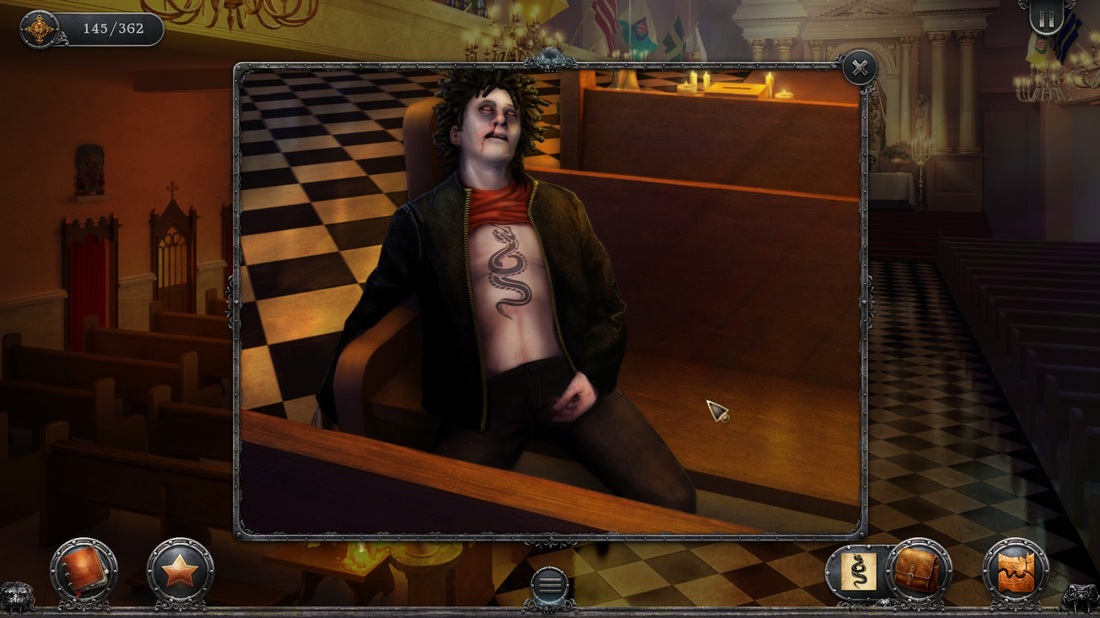
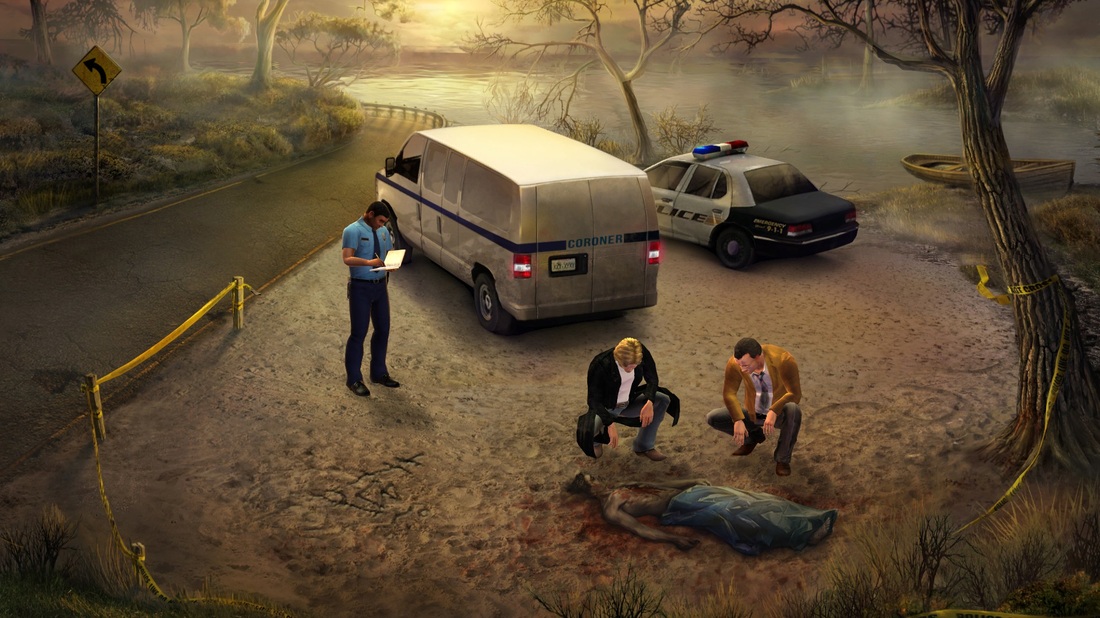


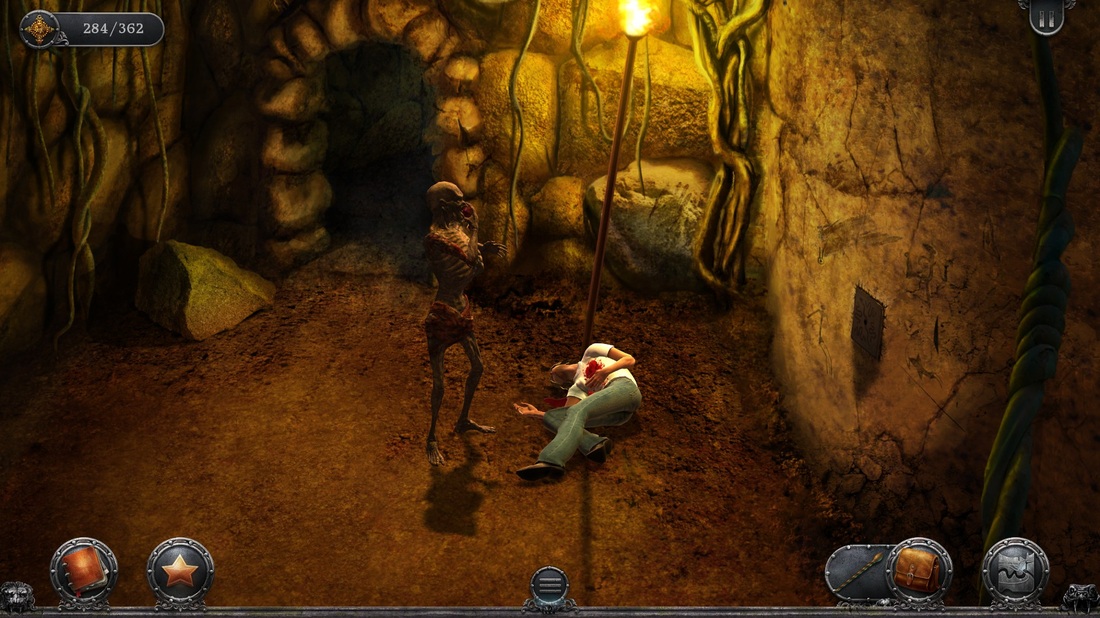
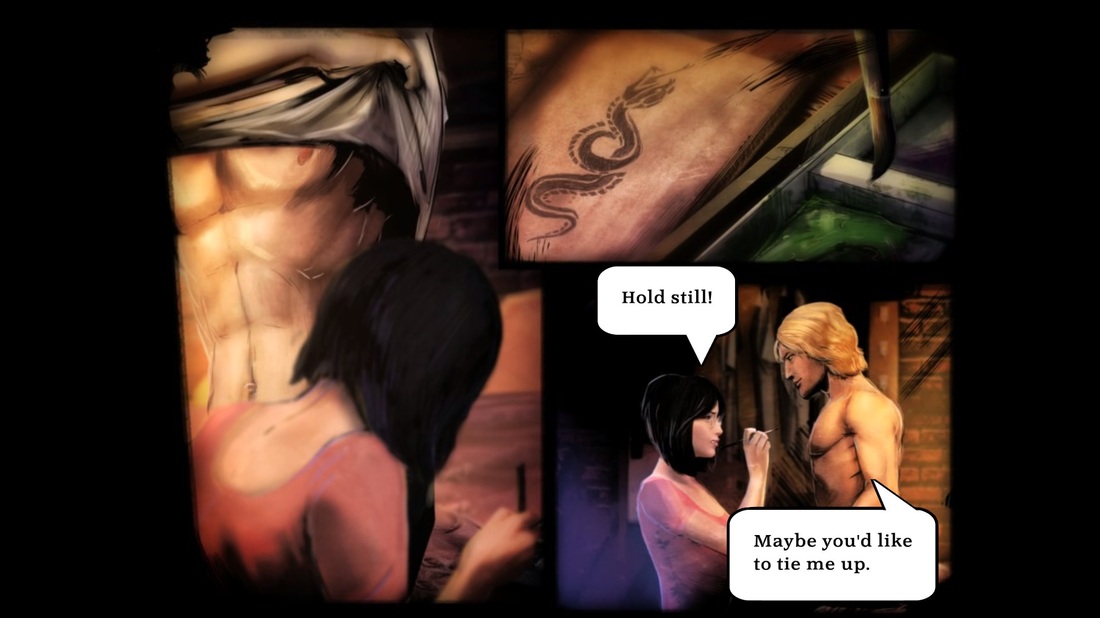
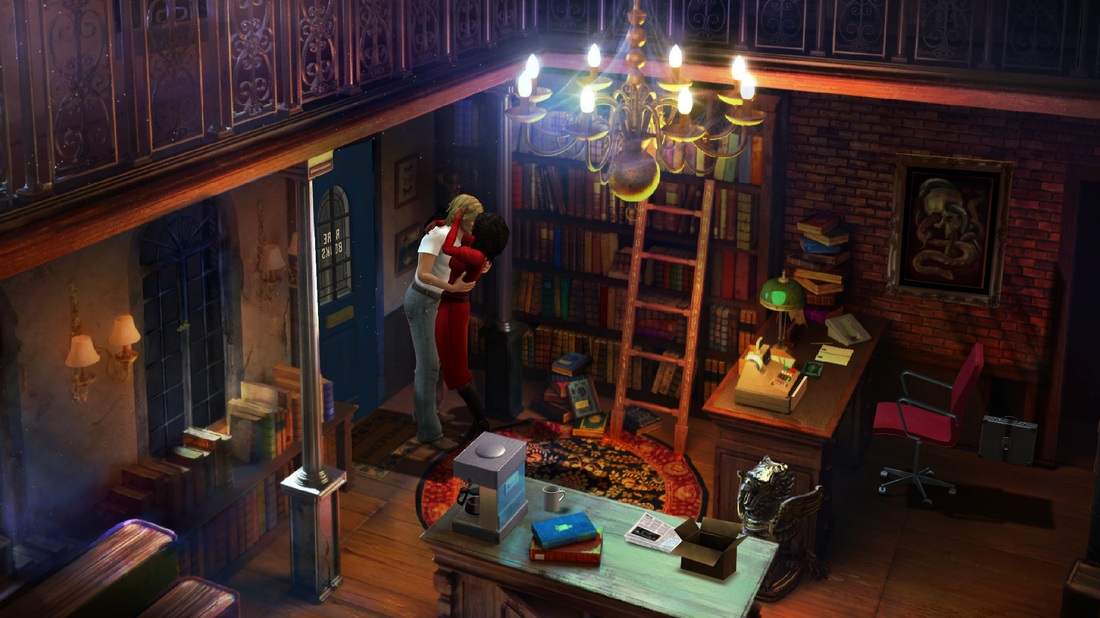
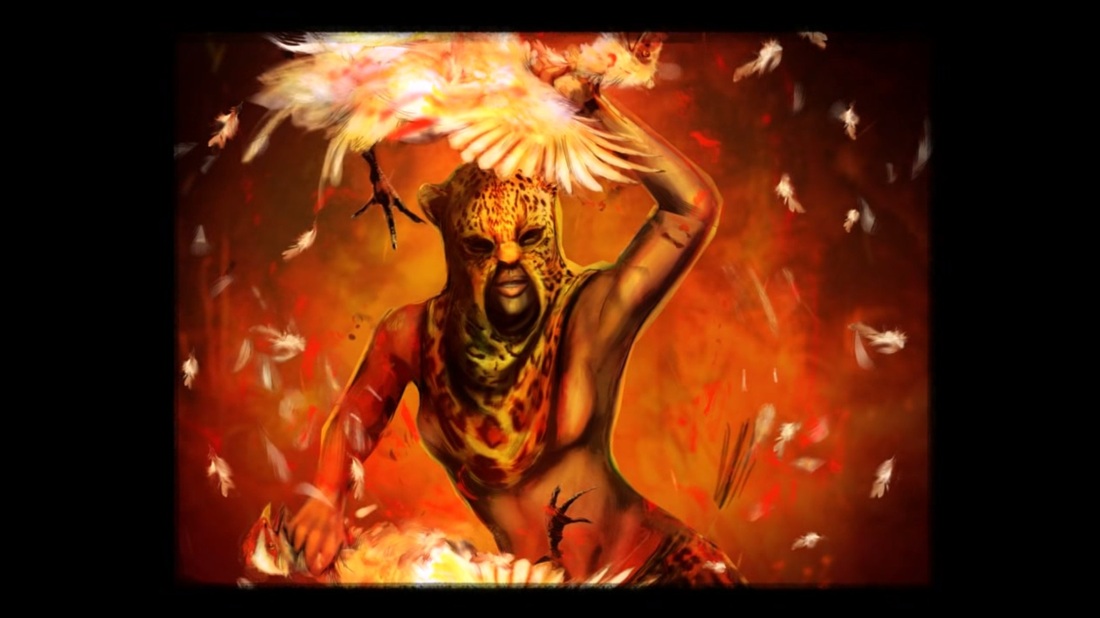
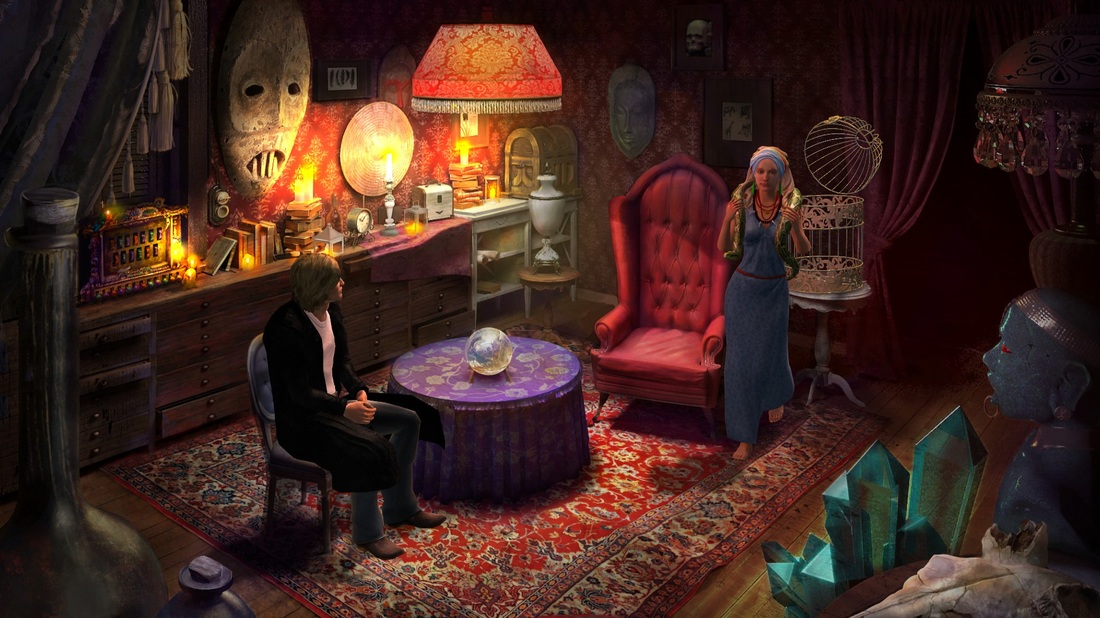




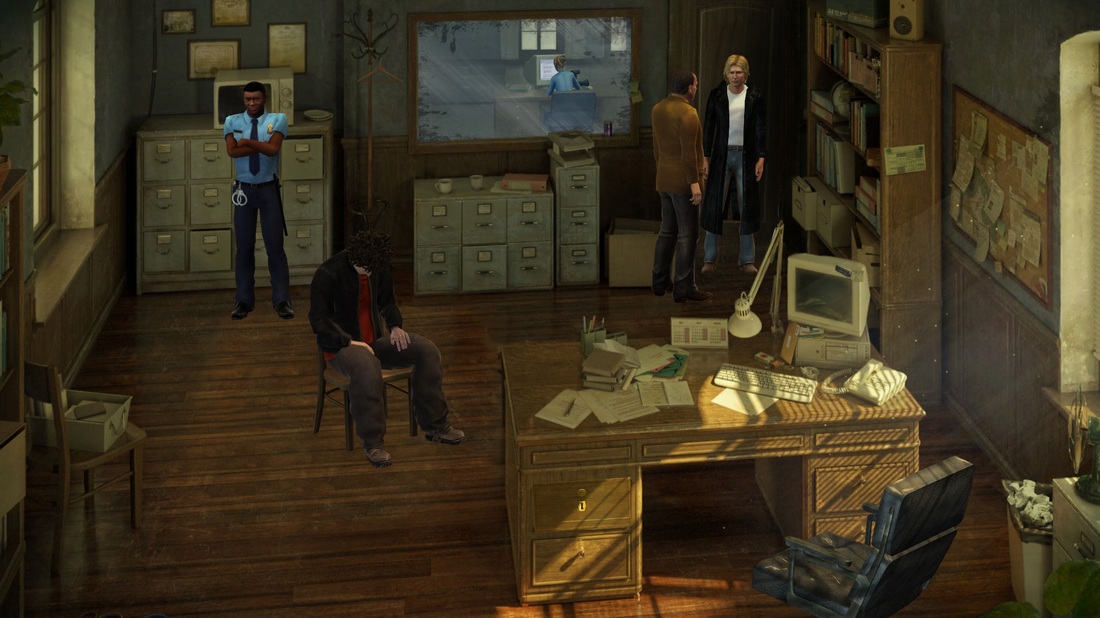

 RSS Feed
RSS Feed